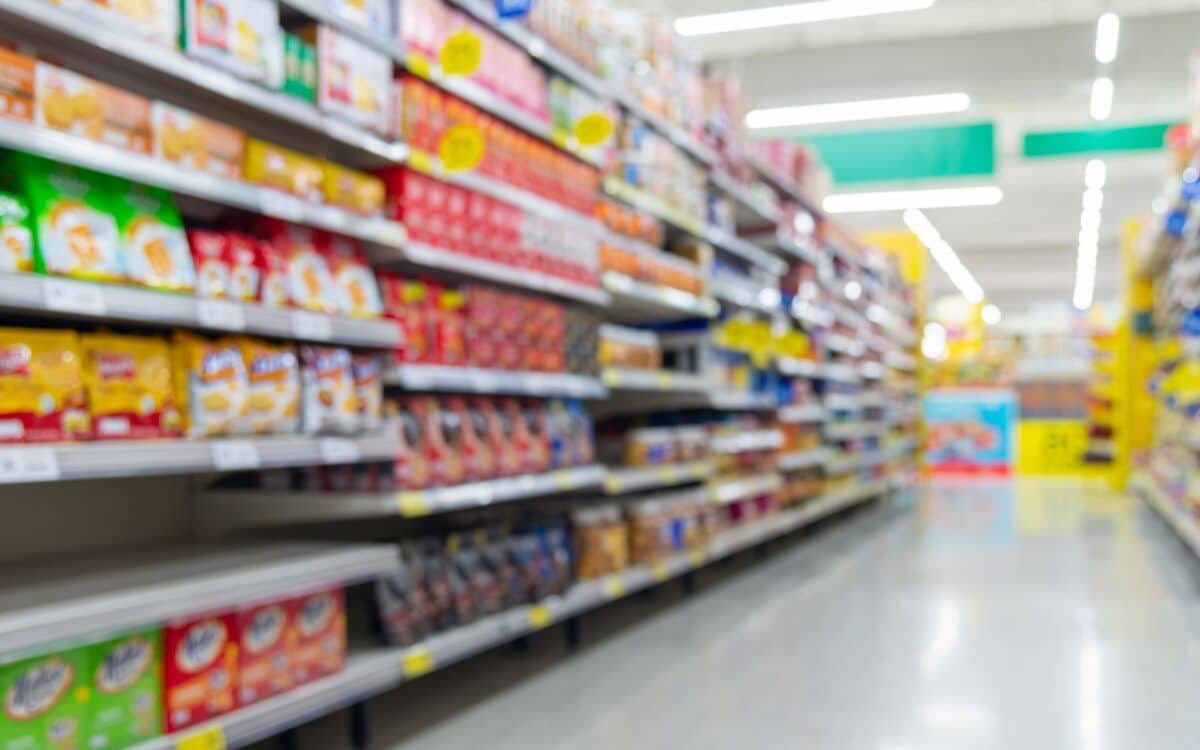Grocery shoppers across the U.S. are facing an upcoming rise in prices as new tariffs set by the Trump administration come into effect. The changes will affect various products in high-turnover sections of stores, particularly fresh produce, seafood, and essential goods such as sugar and coffee.
These price hikes are expected to materialize before the end of April. According to Deseret News, consumers will likely feel the effects most in the produce aisle, with items like bananas and grapes seeing immediate cost increases as a result of the new tariffs. These shifts will add further pressure to already rising grocery costs.
Tariffs Hit Produce and Seafood First
The first round of tariffs, a 10 percent fee on selected exports from countries including Guatemala and Peru, will begin on Saturday. These countries supply major grocery staples such as bananas and grapes.
A second wave of reciprocal tariffs affecting 57 countries is scheduled for Wednesday. Seafood counters may face more significant disruptions. Imported shrimp—commonly sourced from Vietnam and India—will be impacted by reciprocal tariffs of 46 percent and 26 percent, respectively.
With no buffer stock like in durable goods, seafood price changes are expected to be swift.
Ernie Tedeschi, director of economics at Yale University’s Budget Lab, noted,
I think for perishable goods, things like fresh produce, you’re going to see those price increases relatively quickly at the grocery store.
Coffee, Sugar and Everyday Goods Under Pressure
Analysts project further increases on widely consumed staples like coffee and sugar. Coffee, already at historic highs, could see specialty beans rise in cost by 10 to 35 percent, according to industry buyers.
While many grocers expanded low-cost private-label lines during the pandemic to offer consumers price relief, these too are expected to become more expensive under the new import regime.
The U.S. imports nearly 20% of its total food supply, including large volumes of produce, seafood, grains, and meat. In 2024, food imports reached $213 billion, led by Mexico, Canada, and the European Union.
Imports of beef increased by 23 percent year-over-year, with additional volumes coming from Brazil and Australia.
According to Traceone,
The U.S. has traditionally exported more agricultural goods than it imported, but this balance has shifted in recent years as import growth has outpaced exports. Demand for imported goods has surged, driven by factors such as a strong U.S. dollar and consumer preferences for year-round access to fresh produce.
As a result, nearly 60 percent of fruits and nuts, and more than half of milled grains, consumed in the U.S. are imported. Seafood dependency is even more pronounced: 80 percent of all seafood sold in the U.S. originates from international sources.
Limited Grace Period for Perishables
For durable goods, such as electronics or automobiles, the impact of tariffs often takes several months, as retailers deplete existing inventories before importing new stock. But perishables respond differently. As Tedeschi explained,
For durable goods, things like electronics, large appliances, automobiles, that takes a little bit longer, like on the order of a few months because retailers will work through the inventory that they already have in stock first before they move on to the tariffed inventory.
The restaurant industry is also bracing for cost increases. Michelle Korsmo, President of the National Restaurant Association, warned that
Restaurant operators rely on a stable supply of fresh ingredients year-round to provide the menu items their customers want and expect. Many restaurant operators source as many domestic ingredients as they can, but it’s simply not possible for U.S. farmers and ranchers to produce the volumes needed to support consumer demand.
She continued,
The biggest concerns for restaurant operators — from community restaurants to national brands — are that tariffs will hike food and packaging costs and add uncertainty to managing availability, while pushing prices up for consumers.
The association estimates that restaurant food costs have risen 40% over the past five years, while menu prices increased by only 30%.
Complexity of the Food Supply Chain
Food supply chains are highly sensitive to disruptions. As Cathy Burns, CEO of the International Fresh Produce Association, said,
The imposition of tariffs increases costs, disrupts supply chains, and ultimately drives up grocery prices. – She emphasized that,
Fresh produce trade is uniquely complex, shaped by seasonal and regional factors that make a well-functioning market essential for year-round availability.
Burns added that
Exemptions for fresh produce and florals, alongside regulatory reform and a secure agricultural workforce, is the best path forward to supporting American growers, businesses and consumers.
According to NPR, the ripple effects may go even deeper, potentially “upending markets American farmers depend on.” Inputs like fertilizers, seeds, and equipment—many of which are imported—could become more costly, putting downward pressure on profit margins for U.S. farmers.
What’s Coming Into the U.S.
A significant portion of the U.S. food landscape depends on foreign sourcing. The U.S.
Imports many everyday food items from around the world,
as VisualCapitalist highlights. This includes :
- From Mexico: $2.5B in tomatoes, $2.1B in avocados, $1.4B in fresh peppers
- From Guatemala: $1B in bananas
- From Chile: $606M in grapes
- From Peru: $547M in cranberries and blueberries
- From Costa Rica: $545M in pineapples
- From Canada: $261M in mushrooms, $251M in potatoes
- From Thailand: $163M in fruit juice
- From China: $158M in apple juice
- From Brazil: $137M in fresh orange juice
Other major food imports include beef and pork from Canada, lamb from Australia, beef from Mexico and New Zealand, poultry from Chile, and salami from Italy. Dairy comes from Italy, New Zealand, and Ireland, while rice is mostly imported from Thailand.
Cereals such as oats, barley, and corn primarily come from Canada, while coffee, spices, and tobacco arrive from countries like Vietnam, Brazil, Côte d’Ivoire, and Germany. Even bottled water is largely imported from Fiji.









